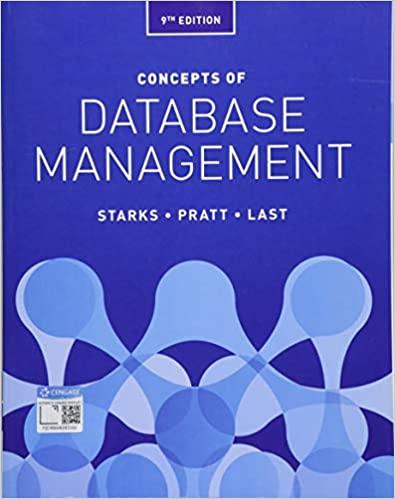Answered step by step
Verified Expert Solution
Question
1 Approved Answer
Part A: Single Cycle Processor Run the given Lab 2 . asm file on MARS simulator. Using the Tools - > MIPS X Ray, you
Part A: Single Cycle Processor
Run the given Labasm file on MARS simulator. Using the ToolsMIPS X Ray, you would be able to see the datapaths of the instructions. Based on the above figure, what will be the values of the followings when the following instructions are executed:
Hint:
Identify the instruction during the specified cycle.
Identify the datapath of the identified instruction, then determine the values of the labels for that datapath.
The datapath follows the instruction class datapath, ie store.
If the datapath does not cross through the label, mark it as tableNoLabel,Value during cycle Value during cycle abcdefghijkmnpqrsRegDst,,Branch,,MemRead,,MemtoReg,,ALUOp,,MemWrite,,ALUSrc,,RegWr,,PCSrcZero,, Part B: Multi Cycle Processor
Copy the multicycle processor datapath Figure B so there are datapath figures.
For each figure, assuming Labasm runs on the multicycle processor, draw the datapath AND write the values of the control signals for the following instructions:
a Figure Process in cycle
b Figure Process in cycle
Make sure to:
a label the instruction for each figure.
b write the corresponding RTL statements for the instruction during the cycle based on Table
c write the control values next to the labels in the figure the name of the control signal do NOT write the control values in a separate table There are altogether control values. For the Operation, just write the ALU operation, eg ADD, SUB, etc. not in the format of bit value.
Make sure the file format to submit is a PDF file only ONE file only
IRWrite
Hint:
Identify the instruction and the specific process during the specified cycle.
Identify the relevant RTL statements, and the datapath of the identified instructionprocess
The datapath follows the instruction class datapath, ie RIJloadstoreTable : RTL statements
tableStep name,tableAction for RtypeinstructionstableAction for memoryreferenceinstructionstableAction forbranchestableAction forjumpsInstruction fetch,tableIR Memory PCPCPCtableInstructiondecoderegister fetchtableExecution addresscomputation branchjump completionALUOut A op BtableALUOut A signextendIRtableif AB thenPCALUOuttablePCPCIRtableMemory access or RtypecompletiontableReg IRALUOuttableLoad: MDR MemoryALUOutorStore: Memory ALUOut BMemory read completion,,Load: RegR MDRLab Table : RTL statements
tableStep name,tableAction for RtypeinstructionstableAction for memoryreferenceinstructionstableAction forbranchestableAction forjumpstableIR Memory PCPCPCtableInstructiondecoderegister fetchtableExecution addresscomputation branchjump completionALUOut A op BtableALUOut A signextend IR tableif AB thenPCALUOuttablePCPC IIIRtableMemory access or RtypecompletiontableReg IR ALUOuttableLoad: MDR MemoryALUOutorStore: Memory ALUOut BMemory read completion,,Load: RegIR MDR
tableLabasm,#Lab dataarrayone: byte xaa, xxbbxtexti$stimes i$stimes la$s arrayonexori,$s$sxaaand,$s$s$sb$t$s
Processor design plays a crucial role in the execution of instructions within a computer
system. The architecture of a processor determines how instructions are fetched, decoded,
executed, and written back to memory. Understanding different processor architectures is
essential for computer engineers, as it enables them to optimize performance, reduce power
consumption, and enhance overall system efficiency.
In this lab, we will explore the concepts of datapath and control signals in the context of both
Single Cycle and MultiCycle processors. Datapath refers to the path that data follows as it
moves through various components of the processor, such as registers, ALU, and memory.
Control signals, on the other hand, dictate the behavior of these components, coordinating
their operation to execute instructions correctly.
Our objective in this lab exercise is twofold. First, we aim to understand the underlying
principles of Single Cycle and MultiCycle Processor Designs, including their respective
datapaths and control signals. Second, we will apply this knowledge to identify the datapath
and control values for different MIPS instructions on both architectures.

Step by Step Solution
There are 3 Steps involved in it
Step: 1

Get Instant Access to Expert-Tailored Solutions
See step-by-step solutions with expert insights and AI powered tools for academic success
Step: 2

Step: 3

Ace Your Homework with AI
Get the answers you need in no time with our AI-driven, step-by-step assistance
Get Started


